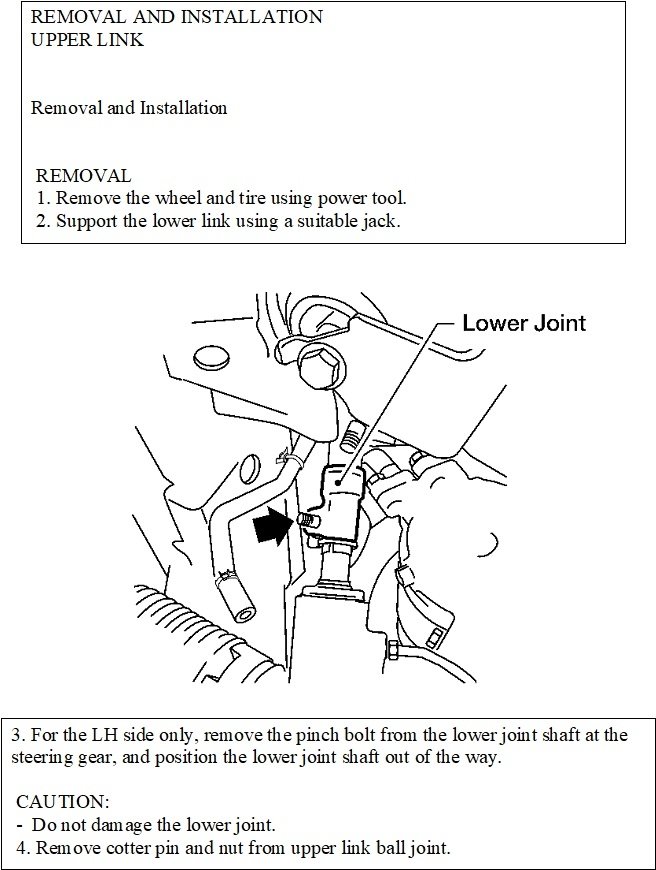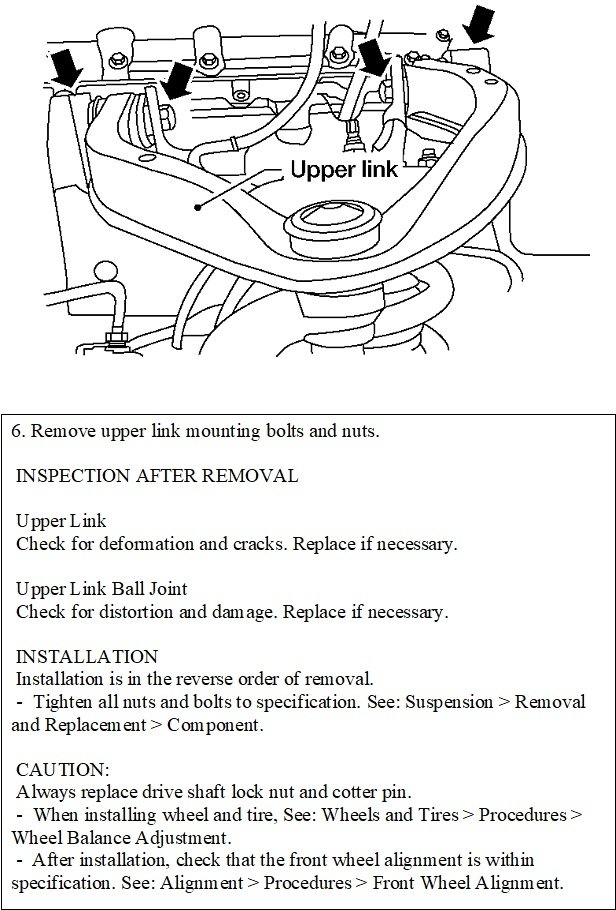Possibly. Every clock spring has a ribbon cable that is just the right length to wind up and unwind enough to handle turning the steering system from full-left to full-right, and little more. That is why the wheels / tires, and steering system must be straight ahead when the new clock spring is installed. By having the steering shaft disconnected, the steering wheel can be rotated endlessly in either direction, and doing so rotates the clock spring. All it takes is one revolution to make the assembly not centered, then there's a fifty percent chance it's going to wind up too tight and tear off on one end, and a fifty percent chance it will unwind too far and fold over on itself. It's that folding over that has to occur a lot of times before the ribbon cable breaks from fatigue, and that is the time one system will fail at a time. Sounds like that is not how yours failed. If it was caused by the recent service, you wouldn't notice a problem for some time.
When the cable winds up too tight, it gets torn off the first time the steering wheel is turned all the way to its stop, (not sure if that's left or right, but that's immaterial at this point). With this type of failure, the end of the cable will be ragged and have a jagged end. Some have tiny rivets attaching the copper circuits and the cable will be torn out of those rivets. If this was a failure due to normal age and wear, you'd likely see a smooth, clean break on one end of the cable, and as I mentioned, one system will fail at a time. There can be over a half dozen separate copper circuits or wires running through that ribbon cable. Two are for the "initiator", aka "squib" that fires the air bag. Two or more are for the cruise control switches, if you have them in the steering wheel. One or two are for the horn, and there can be more if you have a heated steering wheel. It is very uncommon to see all the systems fail at the same time from normal age-related fatigue of the cable. That almost always leads to one system failing today, a different system failing last week, and another one might still work for a few more weeks. It's those kinds of clues we look for when trying to diagnose why something failed.
As you described it, the ribbon cable would have wound up too tight, then got ripped off one end. That will always lead to every system failing at that instant. You'll have no horn, the cruise control won't turn on, and the Air Bag Computer will detect the break in the squib. Knowing there's that defect, the computer will set a diagnostic fault code related to "open squib or initiator in driver's air bag circuit", it will turn on the red warning light to tell you, and it will turn the air bag system off so it will not deploy in a crash. I don't know if a passenger air bag could still be operational. I think once a fault code is set, the entire system is turned off by the computer.
Here's links to some related article you may find of interest:
https://www.2carpros.com/articles/symptoms-of-a-bad-airbag-clock-spring
https://www.2carpros.com/articles/steering-wheel-clock-spring-removal
Also be aware, for demonstration purposes, we can light off an air bag with a 9-volt transistor battery, so it's easy to see that static electricity can do the same thing. If you can feel a shock when you walk across carpet, then touch a door knob, that's at least 3,000 volts. That kind of static charge can even be developed by sliding across the seat fabric. The reason you never hear of a mechanic setting off an air bag accidentally is all connectors in the squib circuit are bright yellow to identify them, and the instant one of them is unplugged, the half of the connector on the air bag side has a pair of gold-plated shorting bars that short the two wires together. That forces them to have the same voltage all the time, meaning no voltage difference that could fire the rocket fuel pellet. You only need to have common sense and an awareness of how those circuits work to make this a safe procedure for a competent do-it-yourselfer, if it comes to that.
Friday, March 25th, 2022 AT 9:12 PM






